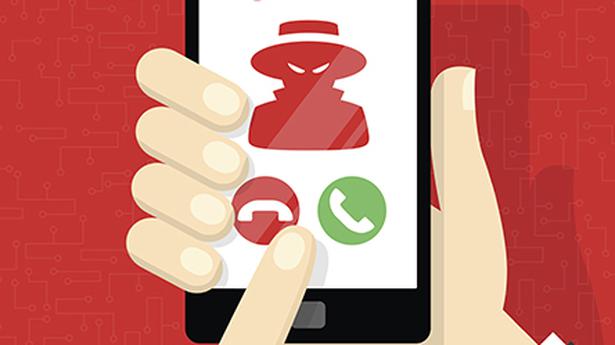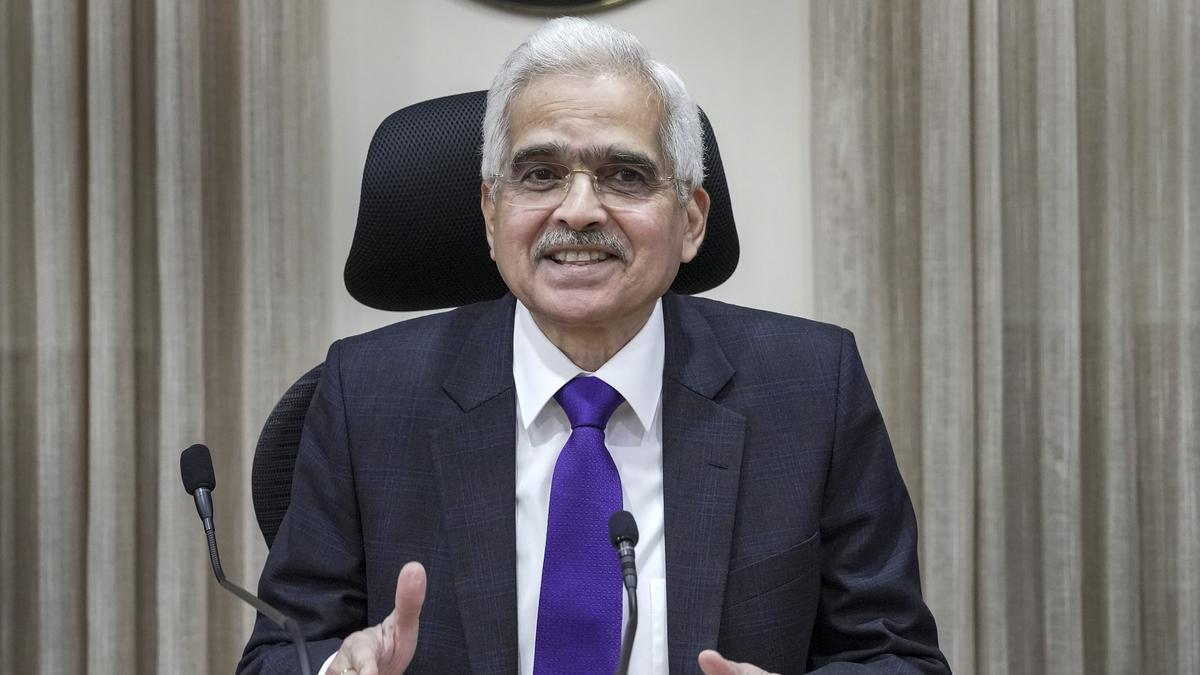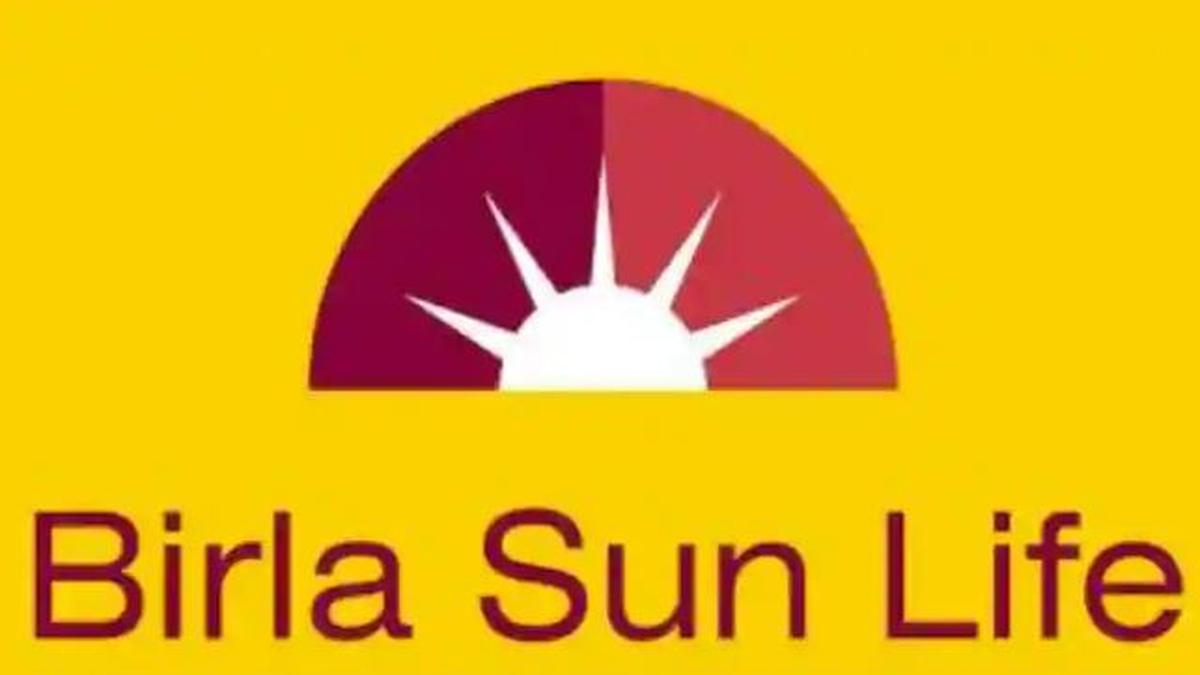In a move that could offer mobile phone users a big relief from spam calls and fraudulent messages, the government has proposed to make it mandatory that the identity of a person sending a message or calling should be visible to the receiver irrespective of the platform used for communication.
“All of you know that there has been a rise in cases where people get a call saying I am calling from XYZ bank seeking financial details leading to fraud… or you get threats from unknown numbers… so we have introduced a lot of points for user protection and to prevent cyberfraud.. we have dealt with this issue head-on…” Telecom Minister Ashwini Vaishnaw said on Friday, stressing that the focus of the proposed telecom Bill was to ensure protection of users.
He said protection of users would not be limited to call made via landline or normal voice calls, but all types of calls such as WhatsApp calls, Zoom calls and FaceTime etc.
“Whichever type of call it is, if someone is calling me, I have the right to know who is calling. This is a right that every user has and it has now been put into the Act. There has to be a light touch but focused and effective regulation which is primarily focused on protection of users,” he said.
Legal framework
The draft Bill enables a legal framework for preventing harassment of users from unsolicited calls and messages and states that “the identity of a person sending a message using telecommunication services shall be available to the user receiving such message, in such form as may be prescribed”.
Speaking to reporters, the Minister stressed that the government envisaged a light touch regulatory environment that would not stifle innovation or increase regulatory burden.
The draft Bill, which was released earlier this week inviting comments from stakeholders, seeks to replace the existing legal framework comprising the Indian Telegraph Act, 1885, the Wireless Telegraphy Act, 1933 and the Telegraph Wires (Unlawful Possession) Act, 1950, that currently govern the telecommunication sector in the country.
It includes provisions such as waiving off dues for financially-stressed operators, bringing over-the-top platforms (such as WhatsApp, Zoom, Netflix) within the ambit of telecom services that require a licence to operate and provisions for message interception in case of public emergency.
Replying to a query on licensing of OTT apps, the Minister said these were already included under regulation as an interpretation of ‘telegraph’ under the Indian Telegraph Act. “Already by interpretation of what is a telegraph – the service which you use today… is it telegraph? It is not… but… over a period of time all the services that you use are already interpretated under telegraph… We are in 2022…the construct that we take in 2022, we need to consider the reality of 2022…With interpretation there is confusion… law should be certain and clear. To bring that clarity this has been done.”
Transparent consultation
The Minister said this draft would go through a transparent consultation process and only then the final draft would be made on the basis of inputs received.
Mr. Vaishnaw added that the government was working towards creating a comprehensive digital framework. “Telecom laws have to be seen in consonance with personal data protection and digital India… and the other things which are there for digital… There is a sequence… beginning is with telecom because its the entry point of Digital India. Then there is data protection and then there will be Digital India Act…Everything has to be seen in consonance with each other.”
The Minister said he expected the new telecom Bill to be converted into a law in the next six to 10 months.






